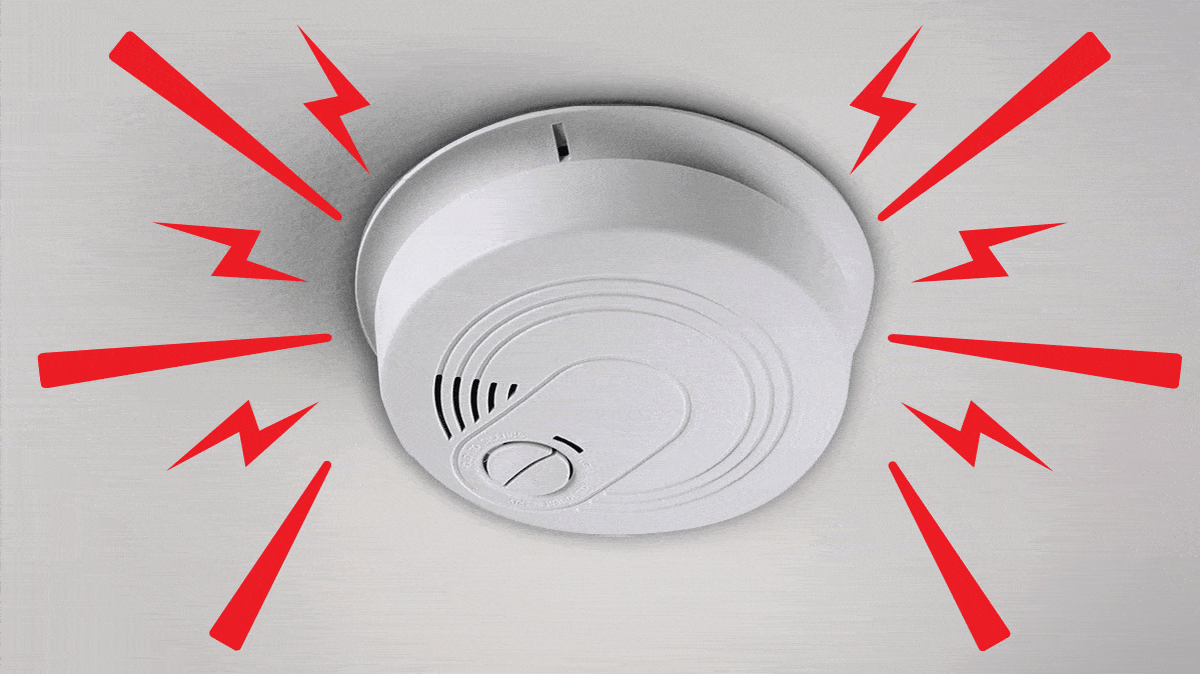
The first step is to find the device that’s going off and press and hold the reset button.
If that doesn’t work, take the smoke alarm down and, if you can, remove the batteries.
If the unit has a built-in lithium battery, it’s more of a challenge because you can’t remove the battery. In that case, try to muffle the alarm in a blanket, under a sofa cushion, or in your freezer until it stops.
As for hardwired smoke alarms, “those are interconnected through electrical wires, so if one sounds, they all sound, and it can be difficult to figure out what’s going on,” Deitrick says.
First, try the reset button on each smoke alarm. If that doesn’t work, flip the circuit breaker off and on. If that fails, you may have to disconnect the smoke alarms and remove the backup batteries inside them one by one. (The batteries are there to protect you during a power outage.) A small connector at the back of each alarm can be unclipped to let you safely remove the device from the network.
And then, it may be time for new smoke alarms. Below, you’ll find some of the top picks from our tests, listed in alphabetical order. For more options, check out our smoke and CO detector ratings (available to everyone, free of charge) and our smoke and CO detector buying guide.
Why Are These Ratings Free?
CR is committed to safety. Ratings of lifesaving products like smoke and CO detectors, bike helmets, and car seats are available to everyone.
Source link


